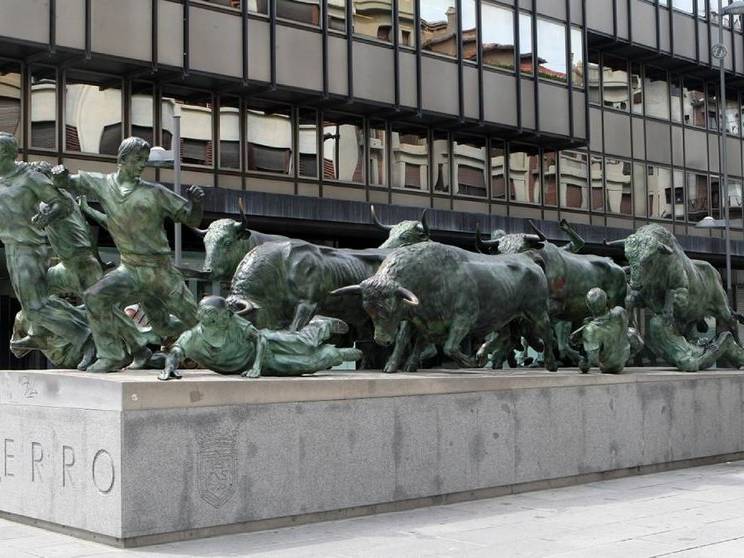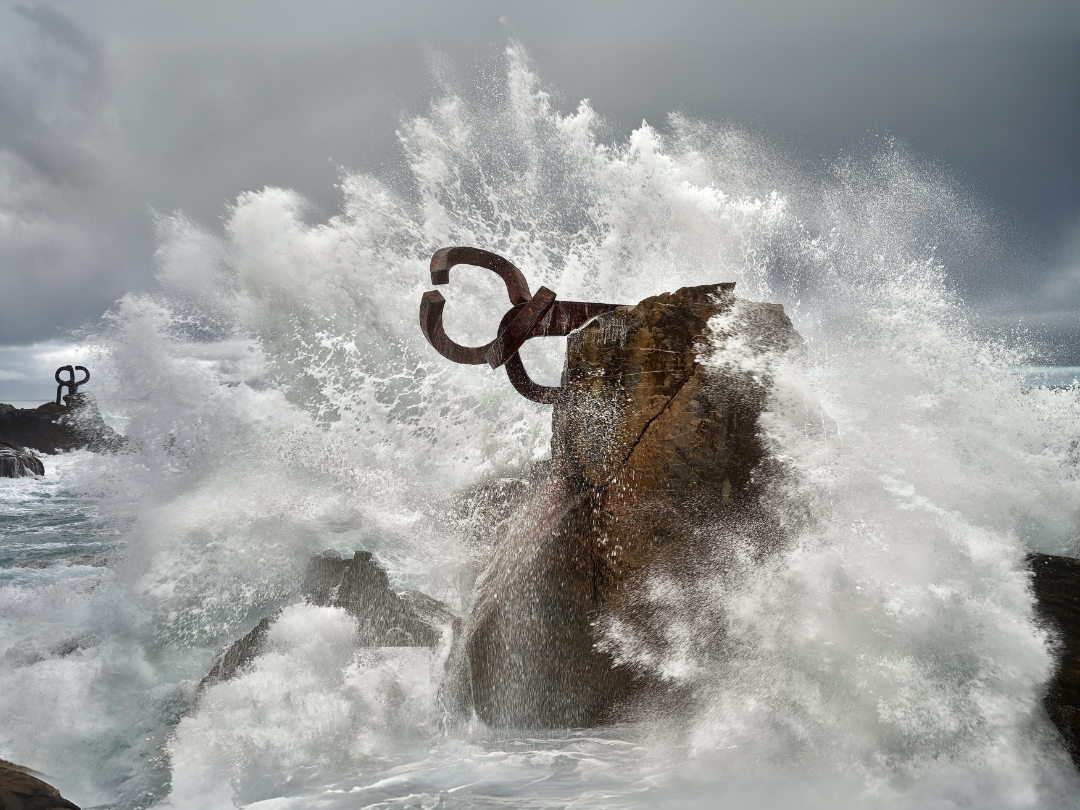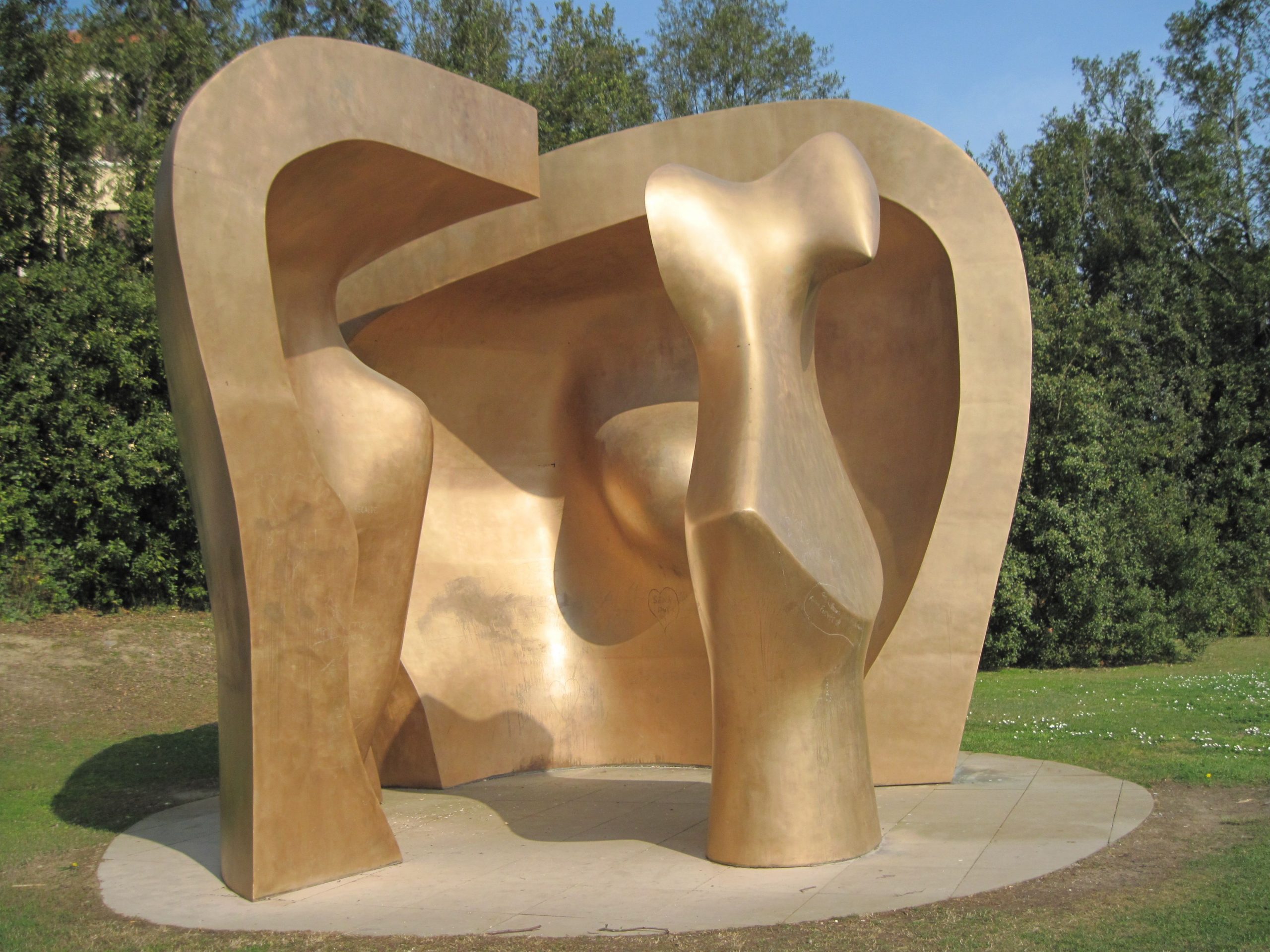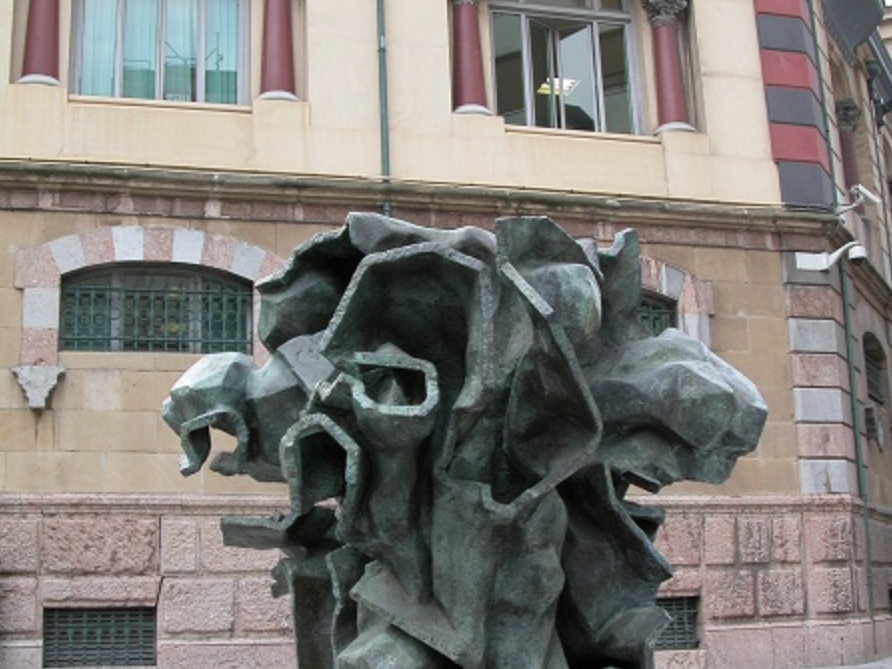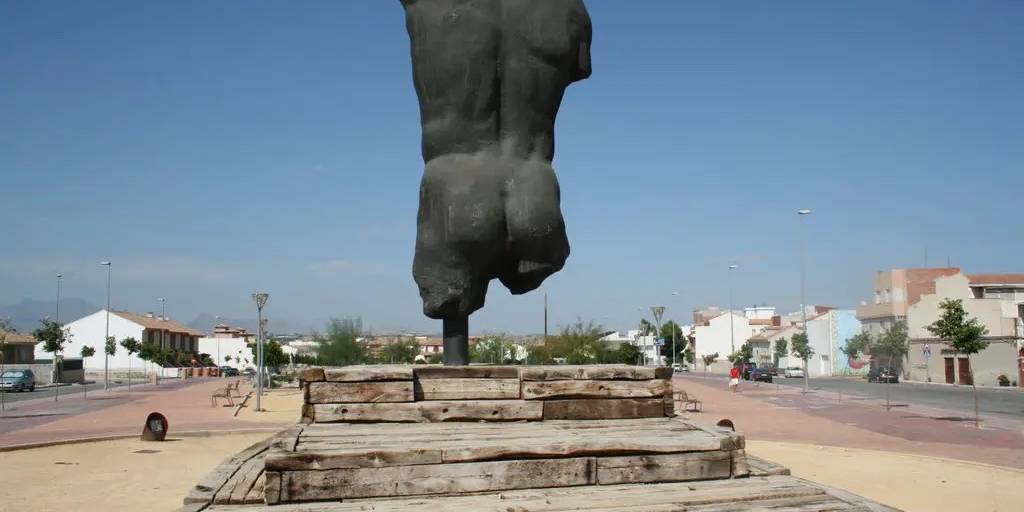
Renaissance Statues: the masterpieces that transformed the history of sculpture
Renaissance Statues: the rebirth of form, beauty and humanism
The Renaissance, spanning from the 14th to the 16th century, marked one of the greatest artistic revolutions in history. Inspired by classical antiquity and driven by a new humanist worldview, artists created some of the most iconic Renaissance statues ever made.
These sculptures are admired not only for their technical perfection but also for their symbolism, innovation and remarkable craftsmanship. The Renaissance placed the human figure at the centre of artistic expression, merging science, proportion and emotion into a new sculptural language.
Key characteristics of Renaissance statues
Renaissance sculpture introduced defining features such as:
-
Anatomical accuracy based on direct study of the human body
-
Contrapposto, inspired by Greek sculpture, giving movement and balance
-
Idealised beauty rooted in classical aesthetics
-
Symbolism drawn from religion and mythology
-
Advanced techniques in marble, bronze and wood
-
Humanism, placing humanity at the core of artistic creation
These elements shaped the foundation of modern sculpture.
The most famous Renaissance statues
1. David – Michelangelo (1504)
Perhaps the most famous sculpture in the world. Carved from a single block of marble, it showcases anatomical mastery and emotional intensity.
2. Pietà – Michelangelo (1499)
A breathtaking work of tenderness and technical precision, representing Mary holding Christ.
3. Moses – Michelangelo (1515)
A monumental figure filled with psychological depth and extraordinary detail.
4. Gattamelata – Donatello (1453)
The first major equestrian bronze sculpture of the Renaissance, symbolising civic power and realism.
5. Judith and Holofernes – Donatello (1460)
A dramatic composition that captures movement, tension and moral symbolism.
6. David – Donatello (1440)
The first free-standing bronze sculpture since antiquity. Known for its elegance and naturalism.
7. Saint Mark – Donatello (1411)
A masterpiece of proportion, movement and expressive realism.
8. The Gates of Paradise – Lorenzo Ghiberti
The bronze doors of Florence’s Baptistery, considered one of the greatest achievements in relief sculpture.
Materials and techniques of Renaissance sculpture
Renaissance sculptors used methods that continue to influence contemporary workshops:
-
Marble carving using manual tools
-
Lost-wax bronze casting, still essential today in artistic foundries like the ones at
👉 Artistic Foundry: Bronze, Stainless Steel & Aluminum -
Clay modelling as a preparatory stage
-
High relief and low relief for architectural and religious decoration
-
Anatomical studies based on scientific observation
Today, these artisanal techniques are often combined with technologies such as
👉 Digital Modelling & 3D Scanning
to achieve precision in monumental sculpture.
The influence of the Renaissance on contemporary sculpture
The Renaissance continues to shape modern sculpture in many ways:
-
Academic anatomy teaching still follows Renaissance principles
-
Lost-wax casting is widely used for bronze sculpture
-
Public monuments adopt classical balance, proportion and expression
-
Many contemporary artists reinterpret Renaissance figures through modern materials such as stainless steel, aluminium or resin
Studios like Alfa Arte produce large-scale sculptures that merge Renaissance craftsmanship with modern engineering, supported by
👉 Metalworking & Technical Structures.
FAQ – Renaissance Statues
1. What is the most famous Renaissance statue?
Michelangelo’s David is widely considered the greatest Renaissance sculpture.
2. What materials were used in Renaissance statues?
Mainly marble and bronze, though wood and terracotta were also common.
3. What made Renaissance sculpture innovative?
Anatomical accuracy, contrapposto, classical influence and a renewed focus on humanism.
4. Why is Michelangelo so important?
Because of his unparalleled mastery of anatomy, expression and sculptural technique.
5. How does the Renaissance influence today’s public sculpture?
Through proportion, structural clarity and the continued use of traditional casting and carving techniques.
Conclusion: Renaissance statues
The Renaissance statues represent a turning point in art history — a moment where technique, science and beauty merged to create enduring masterpieces. From Michelangelo to Donatello, these works redefined the human figure and laid the foundation for modern sculpture.
👉 At Alfa Arte, we continue this legacy by producing contemporary sculptures with the same dedication to craftsmanship, engineering and artistic excellence that defined the Renaissance.
